Abandoned Sicilian lighthouse gets a modern glow-up
The Brucoli lighthouse renovation is part of an extensive initiative to bring back to life historical structures across Italy, promoting their heritage as well as their future potential
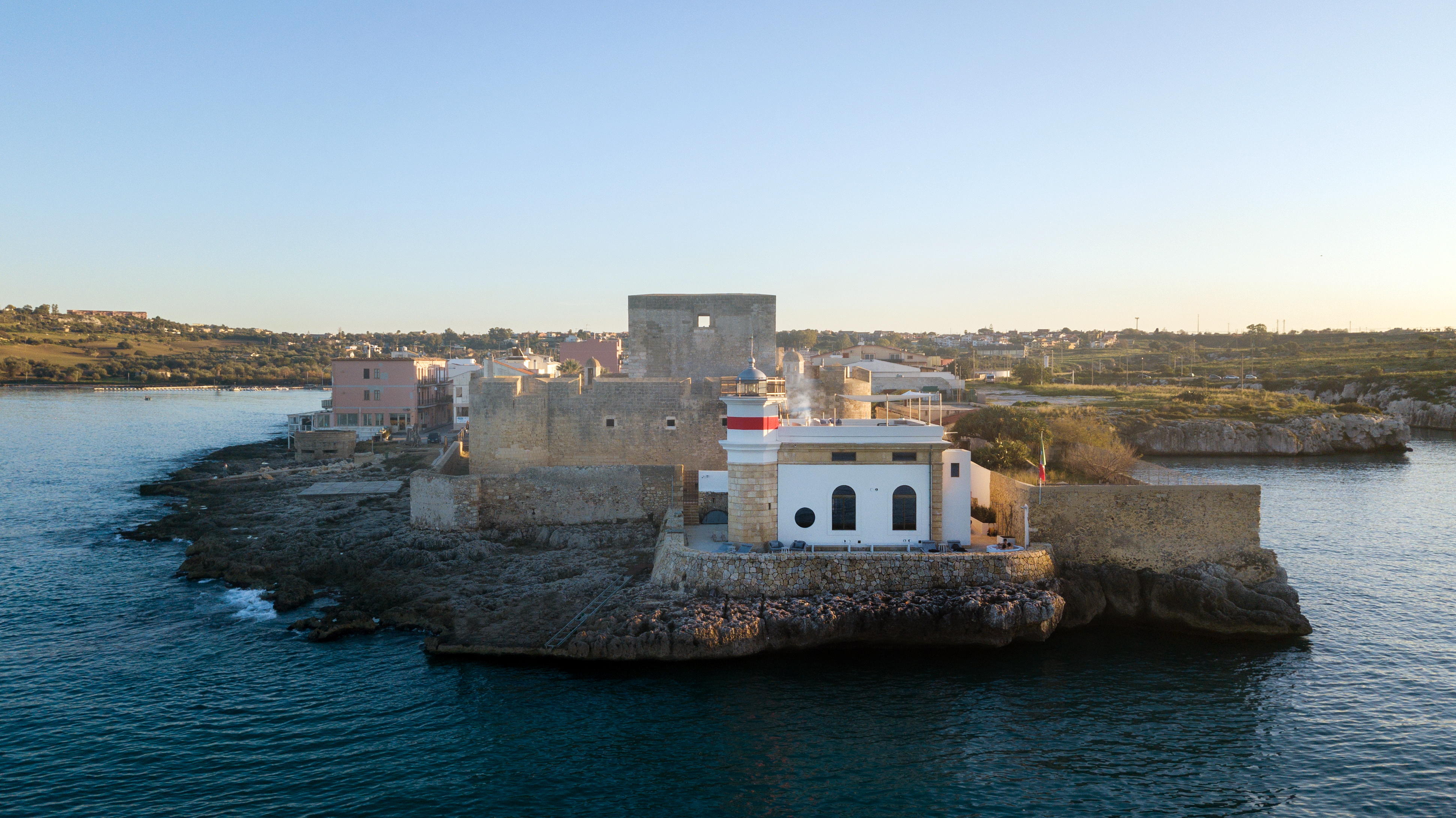
Benedetto Tarantino - Photography
The Brucoli lighthouse is nestled on one of Italy’s most charming and spectacular strips: between the towns of Catania and Siracusa, and on the outskirts of Sicily’s Val di Noto, it is surrounded by the sea on three sides and faces Mount Etna with spectacular views.
Built in 1911, the structure had been abandoned for decades before renovation works started in 2019 to bring the simple lighthouse and adjoined building back to life. The project was developed by Sicilian architectural studio Itinera: based in Caltanissetta, the studio has worked on several restoration projects both locally and elsewhere in Italy, working on churches and historical buildings. They developed this new project with special attention to the original building’s structural heritage, its archeological importance and its views across the sea. In particular, the studio also focused on using environmentally responsible materials and techniques throughout.
Inside, the compact century-old structure has been stripped back to create a contemporary, all-white interior that connects to the outdoors spaces, including a rooftop terrace. To accentuate the modernity and lightness of the space, the architects selected a series of iconic pieces by Italian furniture company Molteni. The company is no stranger to impressive interiors projects, having collaborated on tailor-made residential, hospitality, office and cultural projects worldwide.
Using both new and historical pieces, the project features harmonious interiors including the sinuous shapes of Gio Ponti’s D.151.4 armchairs upholstered in blue velvet and D.552.2 coffee table in the living area downstairs, as well as Rodolfo Dordoni’s sleek Fulham bed upstairs.
This project is part of an extensive initiative to bring back to life historical structures across Italy and promote their heritage as well as their future potential. The lighthouse’s updated structure and aesthetic are fit for its new life as accommodation for tourism and cultural purposes, and a welcome addition to the unique Sicilian landscape.

The interiors have been stripped back to create a contemporary space, furnished with pieces by Italian furniture company Molteni. These include the sinuous D.151.4 armchairs by Gio Ponti, upholstered in blue velvet and the Italian architect D.552.2 coffee table, both in the living area downstairs
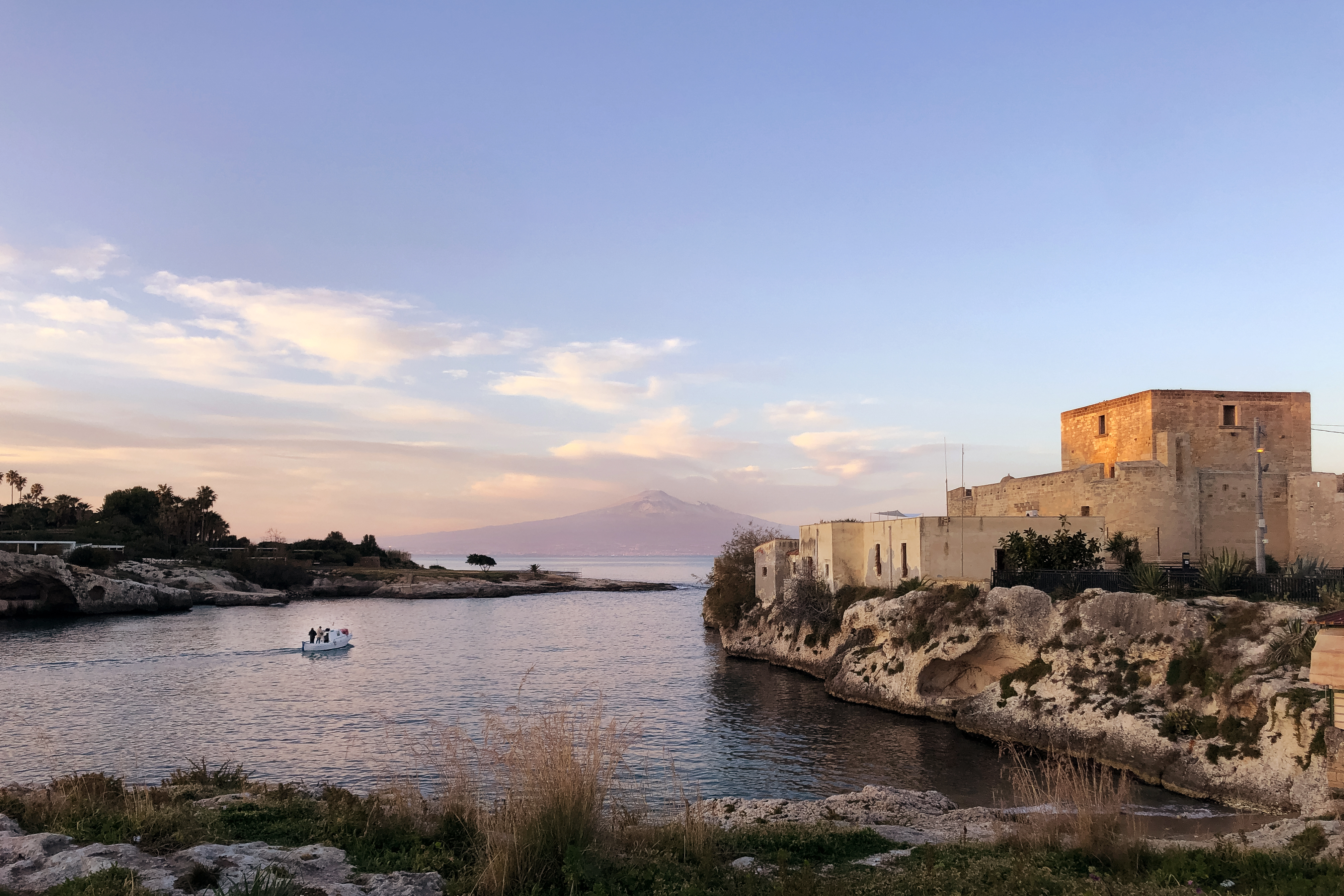
The lighthouse is surrounded by the sea on three sides and faces Mount Etna with spectacular views
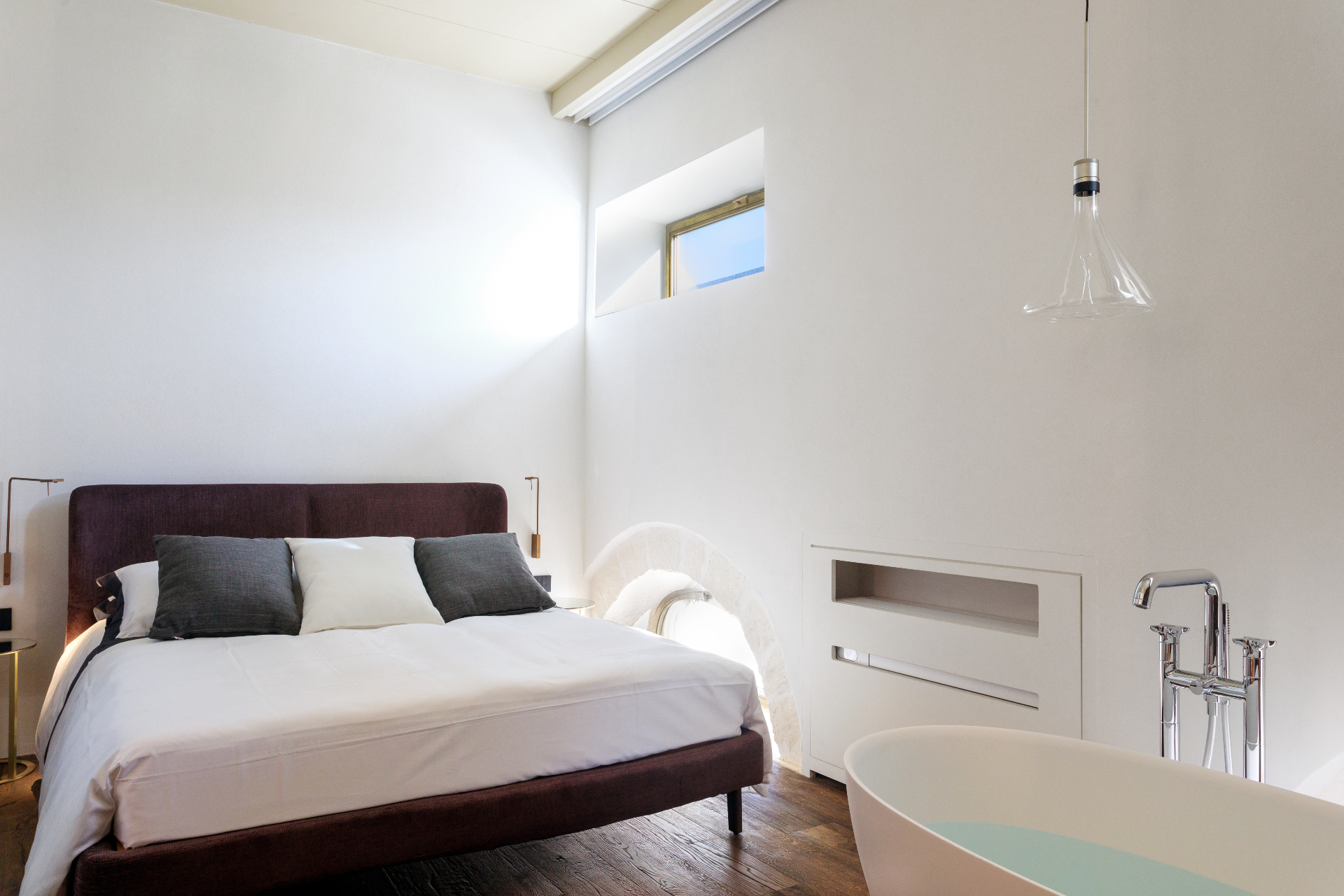
Upstairs, Rodolfo Dordoni’s sleek Fulham bed is the focal point of the lighthouse’s bedroom
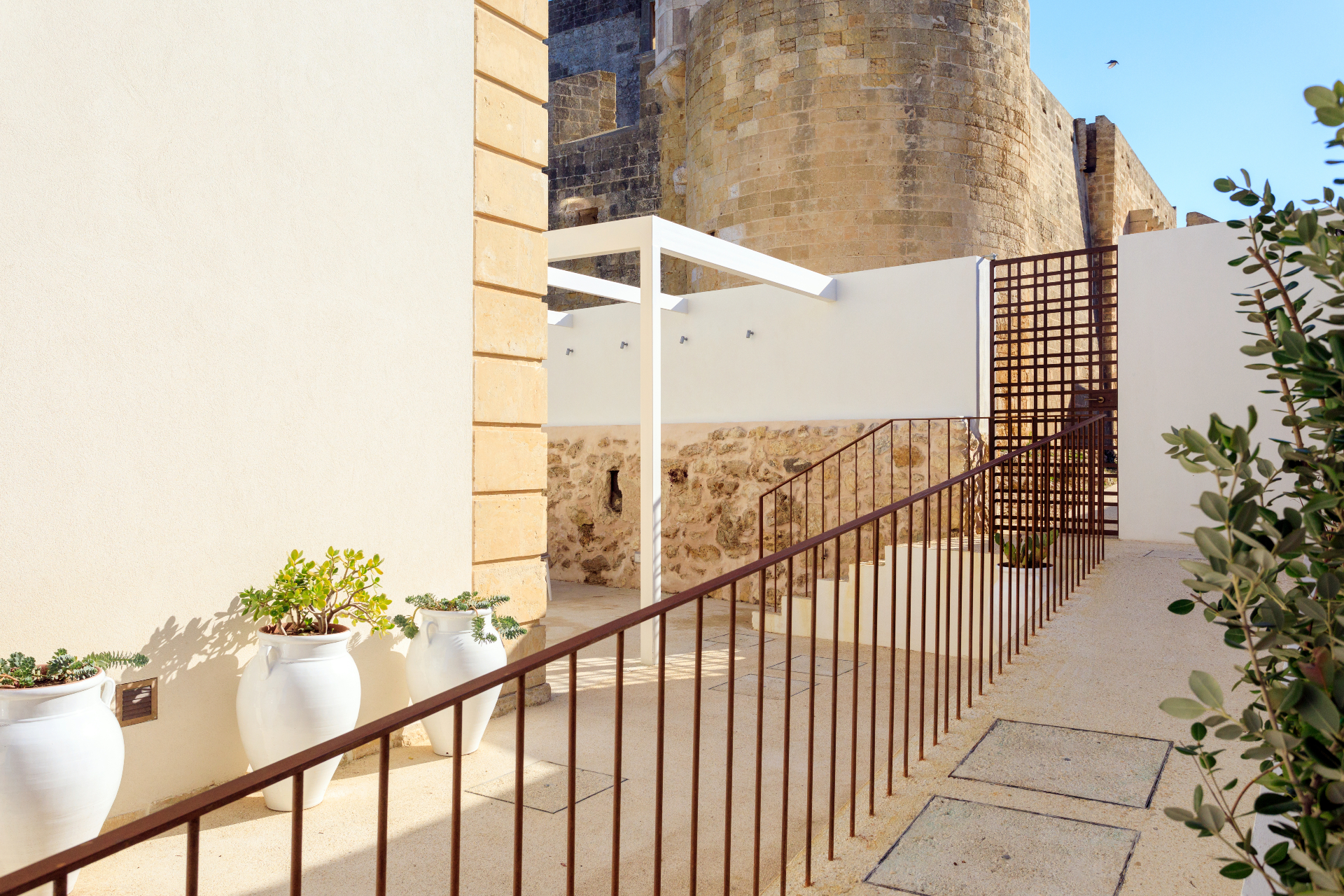
The all-white interiors connect to minimal outdoors spaces
INFORMATION
Wallpaper* Newsletter
Receive our daily digest of inspiration, escapism and design stories from around the world direct to your inbox.
Rosa Bertoli was born in Udine, Italy, and now lives in London. Since 2014, she has been the Design Editor of Wallpaper*, where she oversees design content for the print and online editions, as well as special editorial projects. Through her role at Wallpaper*, she has written extensively about all areas of design. Rosa has been speaker and moderator for various design talks and conferences including London Craft Week, Maison & Objet, The Italian Cultural Institute (London), Clippings, Zaha Hadid Design, Kartell and Frieze Art Fair. Rosa has been on judging panels for the Chart Architecture Award, the Dutch Design Awards and the DesignGuild Marks. She has written for numerous English and Italian language publications, and worked as a content and communication consultant for fashion and design brands.
-
 The Lighthouse draws on Bauhaus principles to create a new-era workspace campus
The Lighthouse draws on Bauhaus principles to create a new-era workspace campusThe Lighthouse, a Los Angeles office space by Warkentin Associates, brings together Bauhaus, brutalism and contemporary workspace design trends
By Ellie Stathaki
-
 Extreme Cashmere reimagines retail with its new Amsterdam store: ‘You want to take your shoes off and stay’
Extreme Cashmere reimagines retail with its new Amsterdam store: ‘You want to take your shoes off and stay’Wallpaper* takes a tour of Extreme Cashmere’s new Amsterdam store, a space which reflects the label’s famed hospitality and unconventional approach to knitwear
By Jack Moss
-
 Titanium watches are strong, light and enduring: here are some of the best
Titanium watches are strong, light and enduring: here are some of the bestBrands including Bremont, Christopher Ward and Grand Seiko are exploring the possibilities of titanium watches
By Chris Hall
-
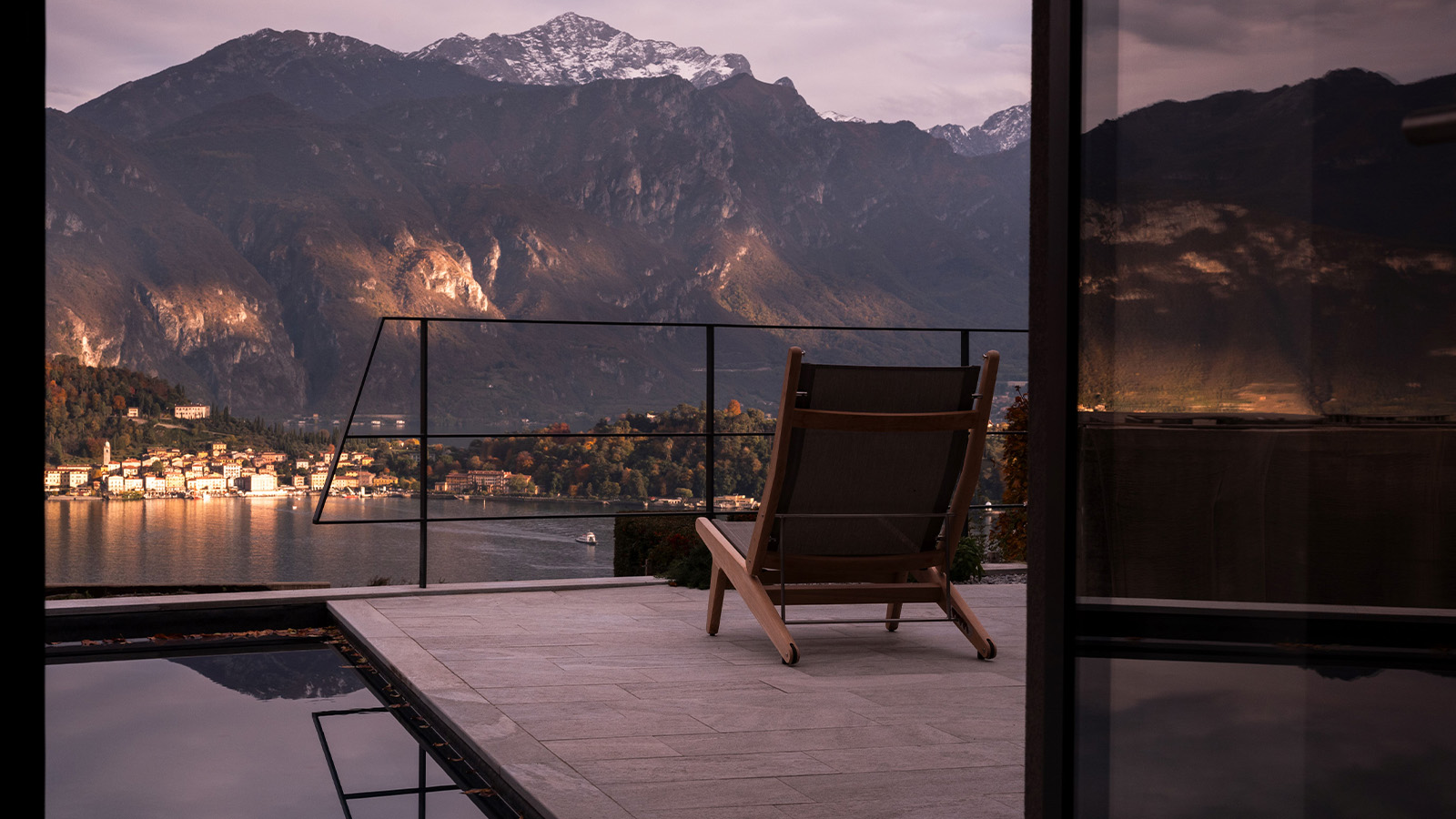 Explore this new Lake Como villa and its powerful, cinematic views
Explore this new Lake Como villa and its powerful, cinematic viewsA Lake Como villa by Tuckey Design Studio celebrates the history of its site and references the surrounding landscape through materiality
By Tianna Williams
-
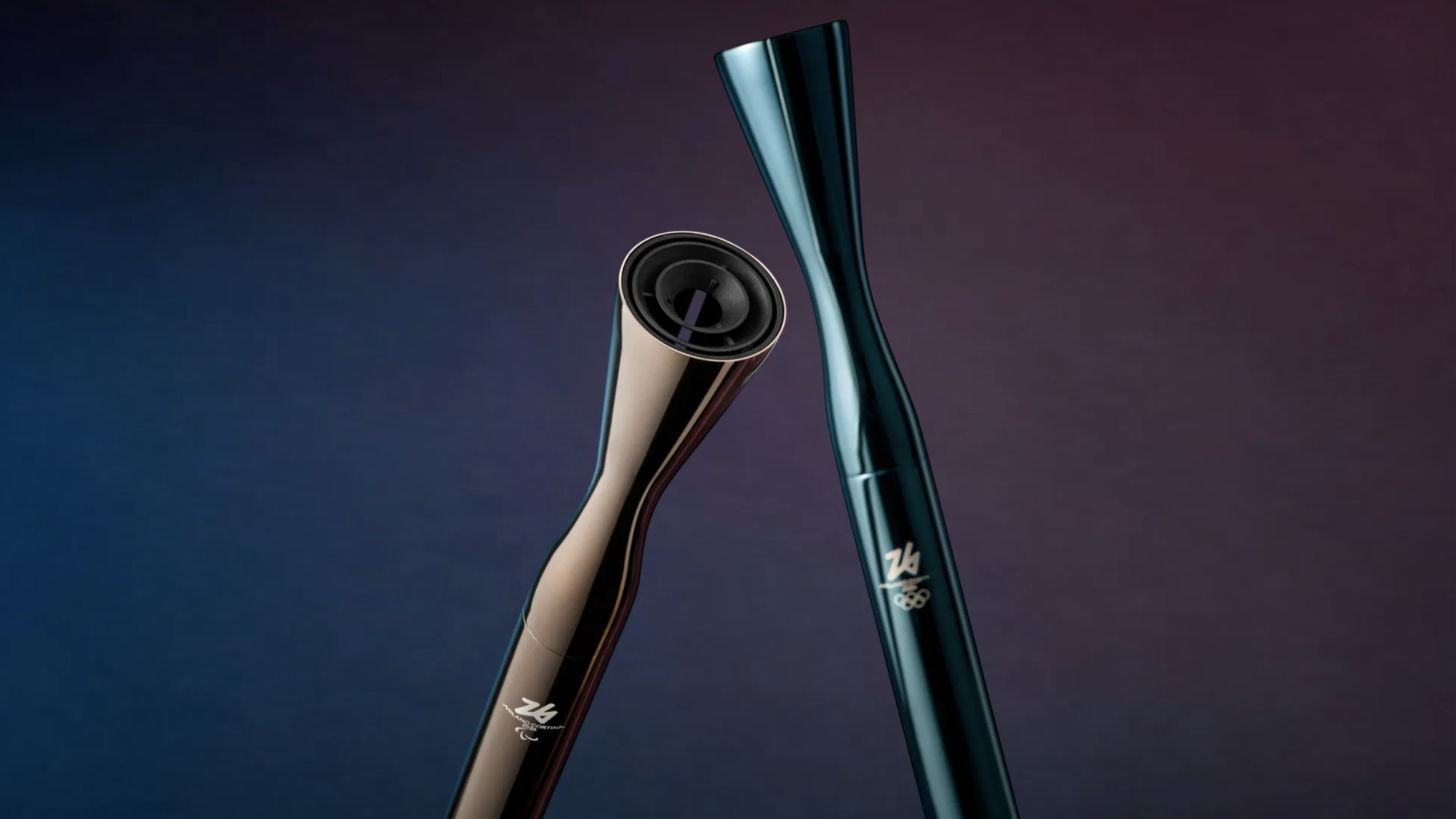 2026 Olympic and Paralympic Torches: in Carlo Ratti's minimalism ‘the flame is the protagonist’
2026 Olympic and Paralympic Torches: in Carlo Ratti's minimalism ‘the flame is the protagonist’The 2026 Olympic and Paralympic Torches for the upcoming Milano Cortina Games have been revealed, designed by architect Carlo Ratti to highlight the Olympic flame
By Ellie Stathaki
-
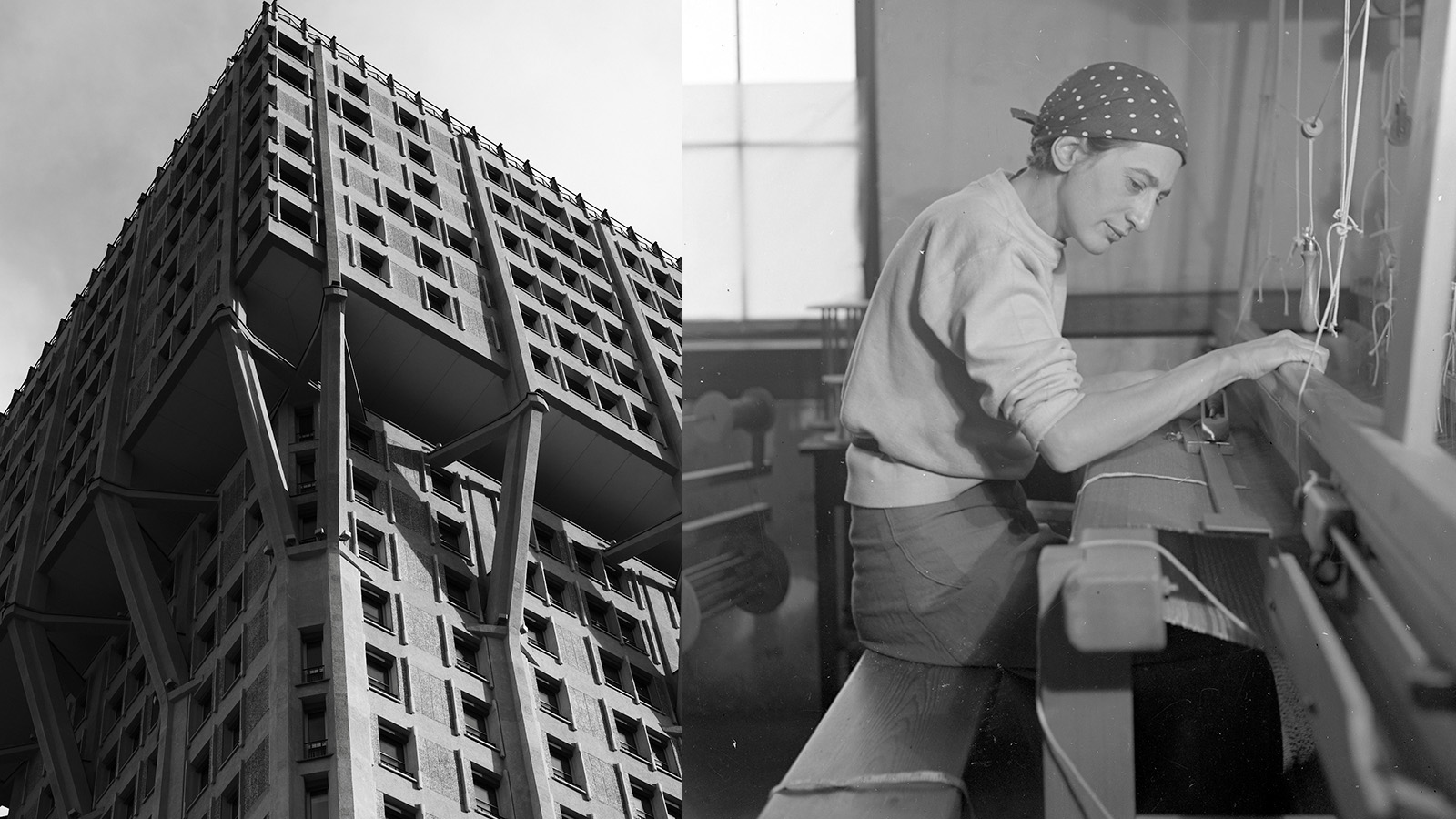 Anni Albers' weaving magic offers a delightful 2-in-1 modernist showcase in Milan
Anni Albers' weaving magic offers a delightful 2-in-1 modernist showcase in MilanA Milan Design Week showcase of Anni Albers’ weaving work, brought to life by Dedar with the Josef & Anni Albers Foundation, brings visitors to modernist icon, the BBPR-designed Torre Velasca
By Ellie Stathaki
-
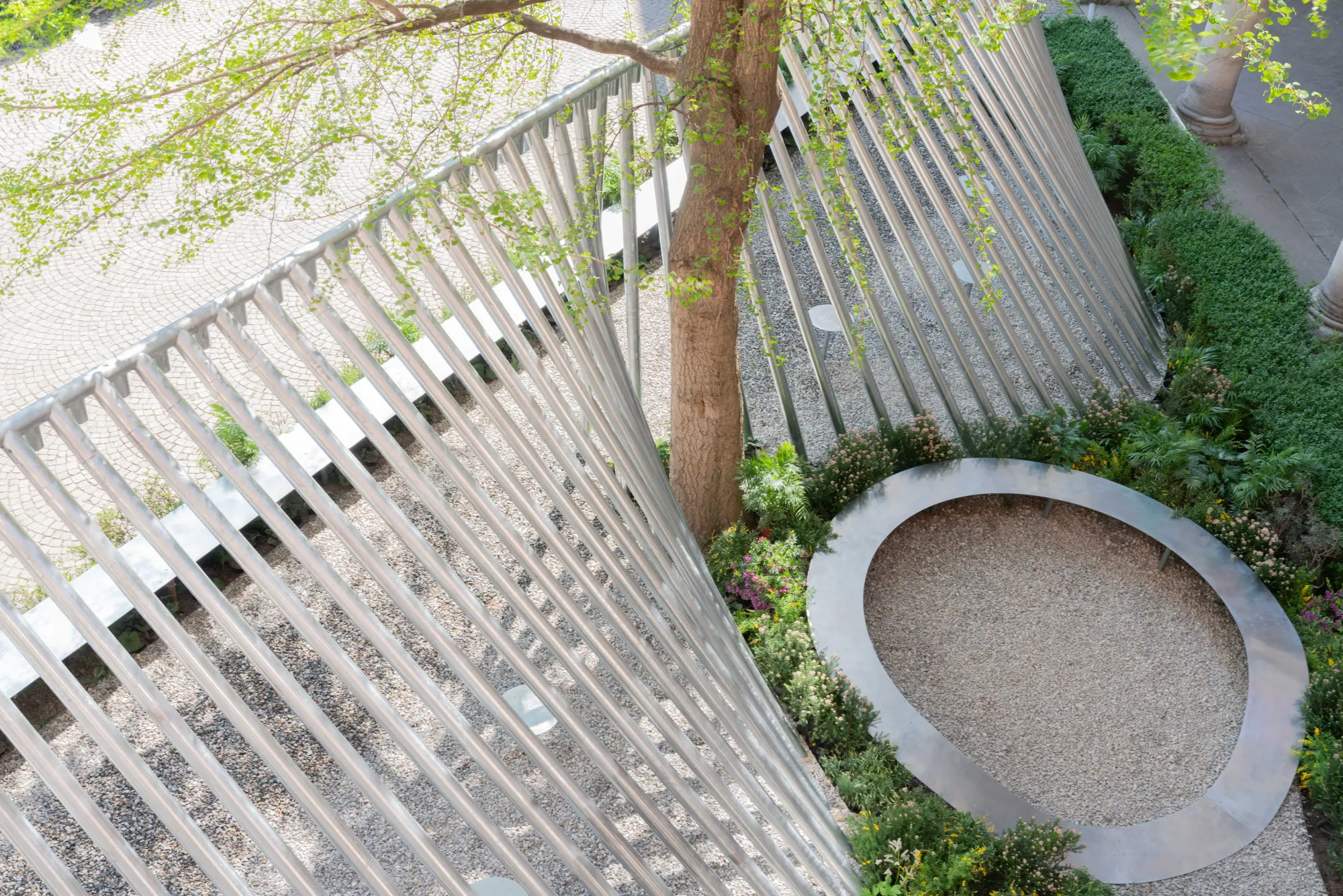 Milan Design Week: ‘A Beat of Water’ highlights the power of the precious natural resource
Milan Design Week: ‘A Beat of Water’ highlights the power of the precious natural resource‘A Beat of Water’ by BIG - Bjarke Ingels Group and Roca zooms in on water and its power – from natural element to valuable resource, touching on sustainability and consumption
By Ellie Stathaki
-
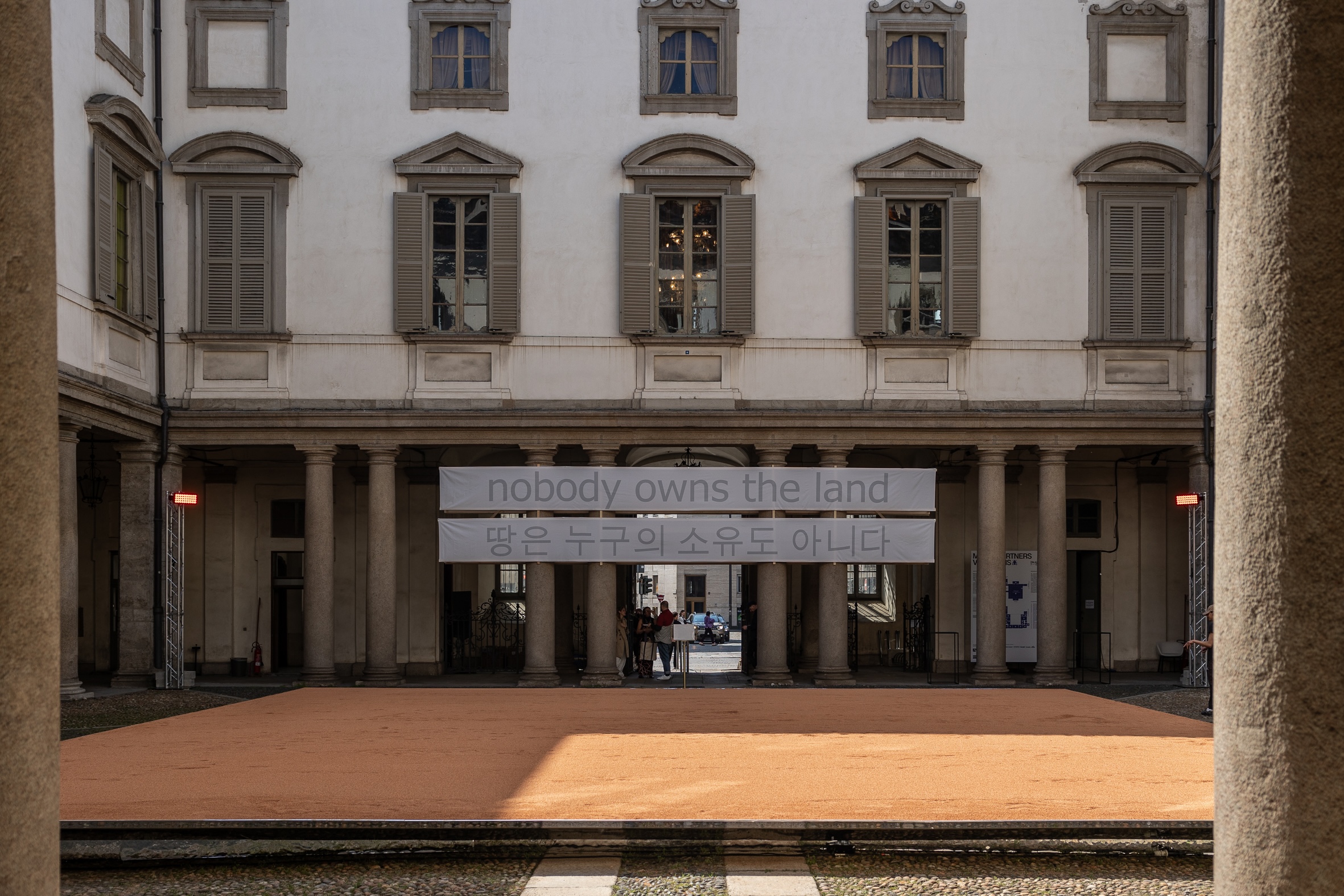 This Milan Design Week installation invites you to tread barefoot inside a palazzo
This Milan Design Week installation invites you to tread barefoot inside a palazzoAt Palazzo Litta, Moscapartners and Byoung Cho launch a contemplative installation on the theme of migration
By Ellie Stathaki
-
 The upcoming Zaha Hadid Architects projects set to transform the horizon
The upcoming Zaha Hadid Architects projects set to transform the horizonA peek at Zaha Hadid Architects’ future projects, which will comprise some of the most innovative and intriguing structures in the world
By Anna Solomon
-
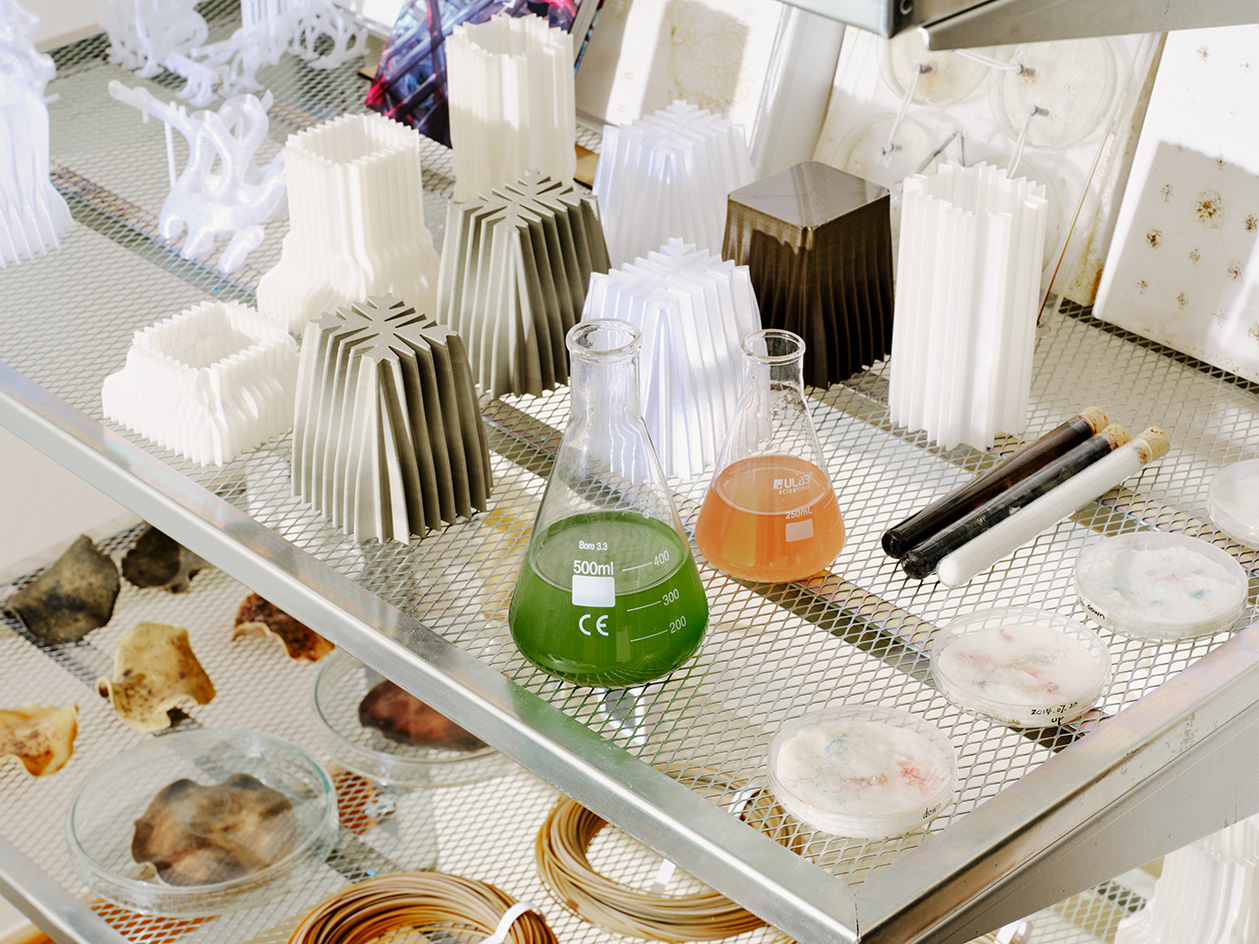 Is biodesign the future of architecture? EcoLogicStudio thinks so
Is biodesign the future of architecture? EcoLogicStudio thinks soWe talk all things biodesign with British-Italian architecture practice ecoLogicStudio, discussing how architecture can work with nature
By Shawn Adams
-
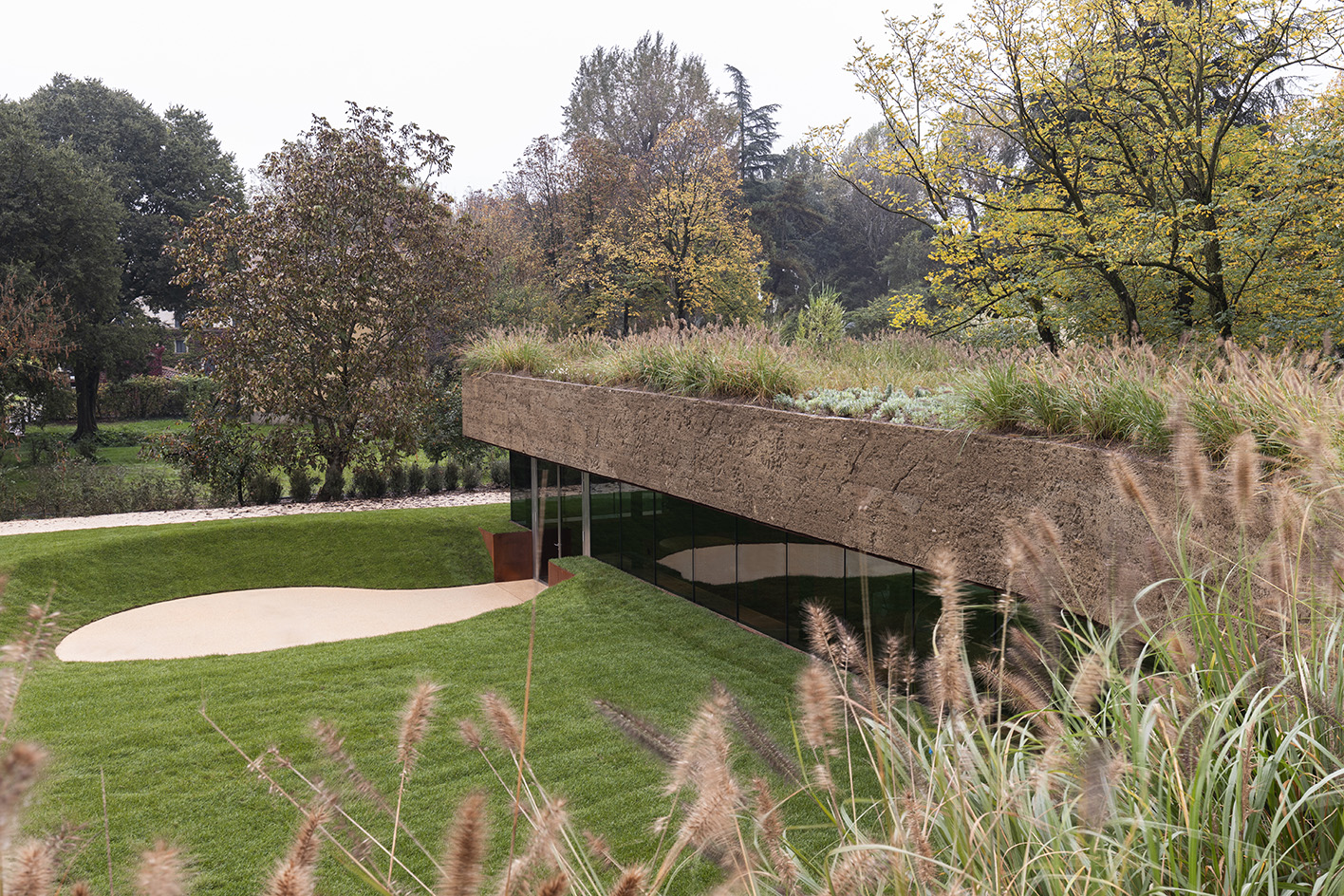 Meet Carlo Ratti, the architect curating the 2025 Venice Architecture Biennale
Meet Carlo Ratti, the architect curating the 2025 Venice Architecture BiennaleWe meet Italian architect Carlo Ratti, the curator of the 2025 Venice Architecture Biennale, to find out what drives and fascinates him ahead of the world’s biggest architecture festival kick-off in May
By Ellie Stathaki